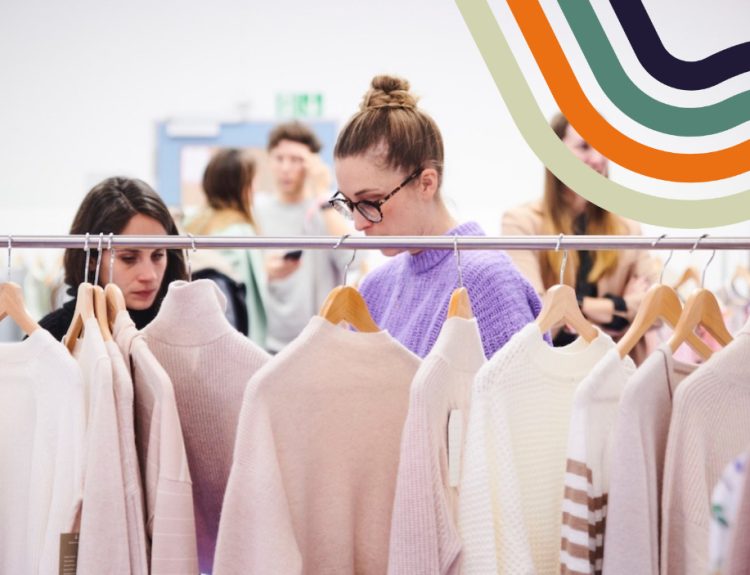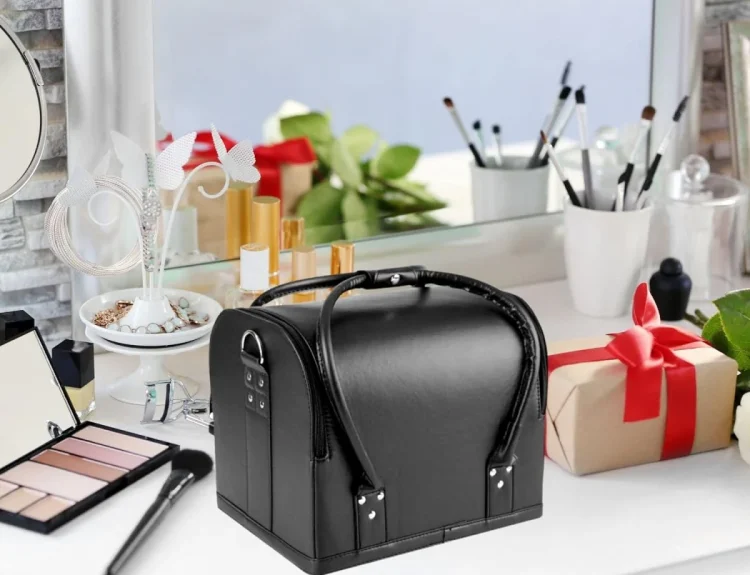Accessories play a powerful and transformative role in fashion. They are not merely additions to an outfit but essential elements that define individuality, communicate personality, and enhance overall presentation. A well-chosen accessory can elevate a simple outfit into a statement of sophistication, creativity, or confidence. In today’s fashion landscape, accessories have evolved into an art form that blends functionality, aesthetics, and self-expression.
Understanding the Essence of Fashion Accessories
At their core, fashion accessories are designed to complement and complete an outfit. They add balance, contrast, and detail — turning ordinary attire into something visually engaging and distinctive. Whether subtle or extravagant, every accessory holds the potential to change the tone of an ensemble. A simple white shirt paired with a bold necklace or a tailored suit highlighted by a leather belt can communicate entirely different moods.
Accessories are also symbolic; they reflect a person’s lifestyle, cultural background, and even social status. In professional settings, they suggest refinement and attention to detail. In casual environments, they showcase individuality and creativity. Ultimately, accessories bridge the gap between clothing and character.
Types of Fashion Accessories
Fashion accessories can be categorized into several core groups, each with its own purpose and aesthetic significance.
1. Jewelry
Jewelry is perhaps the most personal and expressive category of accessories. From delicate gold chains to bold gemstone rings, jewelry highlights one’s personality and complements physical features.
Common jewelry pieces include:
- Necklaces and pendants that accentuate the neckline
- Rings that symbolize status or relationships
- Earrings that frame the face
- Bracelets and bangles that add rhythm to movement
Jewelry trends often fluctuate between minimalism and maximalism, but timeless materials like gold, silver, and pearls never lose appeal.
2. Handbags and Wallets
A handbag is more than a storage item—it’s an emblem of taste and practicality. The right bag not only completes an outfit but also reflects one’s organizational habits and daily needs. From structured leather handbags for professionals to crossbody bags for everyday comfort, variety ensures suitability for any occasion. Wallets, on the other hand, signify order and personal style, often crafted with precision from premium materials.
3. Footwear
Footwear has always held both functional and aesthetic value. Shoes can redefine an outfit’s entire character — think of how sneakers communicate casual energy while high heels project confidence and formality. Today’s footwear trends lean toward comfort-driven innovation, merging style with ergonomic design. Materials like vegan leather and recycled fabrics are also becoming more prevalent, aligning fashion with sustainability.
4. Belts
Belts are the unsung heroes of accessories. Beyond keeping garments in place, they serve as statement pieces that contour the body and bring definition to silhouettes. A classic leather belt paired with jeans adds a casual polish, while a wide designer belt around a dress can transform its proportions entirely.
5. Scarves and Hats
Scarves and hats offer versatility unmatched by other accessories. They can be used year-round, transitioning seamlessly between fashion and functionality. A silk scarf adds elegance to an evening look, while a wool scarf provides comfort during winter. Similarly, hats range from practical (sun hats, beanies) to stylish (fedoras, berets), providing both protection and panache.
6. Eyewear
Sunglasses and optical glasses have become defining fashion statements. Frames now come in countless designs, shapes, and materials, allowing wearers to showcase personality while protecting their eyes. Iconic shapes like aviators and cat-eyes continue to dominate, offering timeless appeal that suits various face shapes and styles.
7. Watches and Smart Accessories
Watches were once purely functional, but they’ve now become powerful fashion indicators. A minimalist analog watch reflects refinement, while smartwatches bring modern convenience with tech-driven style. The growing market for interchangeable straps, designer collaborations, and eco-friendly materials has made watches both fashionable and customizable.
The Psychology Behind Accessories
Accessories hold psychological power — they influence perception, confidence, and communication. Studies suggest that individuals wearing thoughtfully chosen accessories are perceived as more organized, stylish, and approachable. Accessories serve as visual anchors that capture attention and evoke emotions, subtly influencing how others interpret one’s personality.
For instance:
- Statement jewelry signals boldness and creativity.
- Classic leather goods evoke professionalism and trust.
- Colorful accessories suggest playfulness and openness.
By carefully curating accessories, individuals shape the narrative of their appearance, blending confidence with authenticity.
How Accessories Define Fashion Trends
Accessories often dictate fashion trends rather than follow them. Designers use them as focal points on runways to set the tone for upcoming seasons. From oversized earrings dominating fashion weeks to minimalist tote bags defining urban streetwear, accessories often lead the charge in innovation. Additionally, digital culture has amplified their influence — social media platforms and influencers showcase how a single standout accessory can transform an entire outfit, driving global demand almost instantly.
The Rise of Sustainable and Ethical Accessories
Modern consumers are increasingly conscious of sustainability. Ethical sourcing, recycled materials, and fair-trade craftsmanship are now central to the accessory market. Brands are shifting toward eco-friendly processes, using plant-based leathers, reclaimed metals, and biodegradable packaging. This move toward responsibility doesn’t compromise style; instead, it enhances it by adding depth and purpose to each piece.
Styling Accessories: The Art of Balance
Mastering accessories requires balance. Over-accessorizing can overwhelm an outfit, while under-accessorizing may leave it feeling incomplete. The goal is harmony — ensuring every piece complements rather than competes.
Key tips for perfect accessory styling include:
- Follow the “less is more” principle: Choose one or two standout items to highlight.
- Coordinate colors and textures: Match metallic tones or fabric types for cohesion.
- Consider the occasion: Business meetings call for understated elegance, while social gatherings invite creativity.
- Focus on proportion: Balance large accessories with simple clothing, and vice versa.
The art of accessorizing lies not in abundance but in intention. When each piece has purpose, it creates visual harmony and communicates confidence.
Accessories as a Reflection of Culture and Identity
Across cultures, accessories carry symbolic meanings. Traditional jewelry, handcrafted textiles, and ceremonial ornaments often represent heritage, spirituality, and milestones. These cultural influences continue to shape modern fashion, blending ancient artistry with contemporary design. Accessories tell stories — not just of style, but of history and human connection.
The Economic and Creative Impact of Accessories
The global accessories market contributes significantly to the fashion industry’s economic growth. Beyond aesthetics, accessories fuel creativity and innovation. Artisans, designers, and small businesses thrive in this sector, each adding unique perspectives and craftsmanship. As customization becomes more accessible, consumers are drawn to personalized accessories that resonate with their lifestyle and values.
FAQs About the Role of Accessories in Fashion
Q1. Why are accessories considered essential in fashion?
Accessories add individuality, enhance outfit coordination, and express personal identity. They complete a look by balancing colors, textures, and proportions, turning basic clothing into a statement of style.
Q2. How can I choose the right accessories for my outfit?
Focus on harmony between your outfit and accessories. Match tones, maintain balance, and select pieces that complement your body type and personal style. Consider the setting and purpose of the outfit to guide your choices.
Q3. What accessories are timeless and always in style?
Classic watches, pearl necklaces, leather belts, neutral handbags, and simple stud earrings never go out of fashion. These pieces remain relevant across seasons and trends due to their understated elegance.
Q4. Are sustainable accessories worth investing in?
Yes, sustainable accessories are both stylish and responsible. They reduce environmental impact while supporting ethical craftsmanship. Choosing eco-conscious brands ensures longevity and value in your fashion choices.
Q5. How do accessories influence first impressions?
Accessories serve as visual cues that communicate confidence, organization, and taste. People often notice them first, and the right accessory can leave a lasting positive impression, both personally and professionally.
Accessories are more than embellishments—they are the signature of personal style and the language of self-expression. By mastering the art of accessorizing, anyone can transform everyday fashion into a reflection of creativity, confidence, and authenticity.





